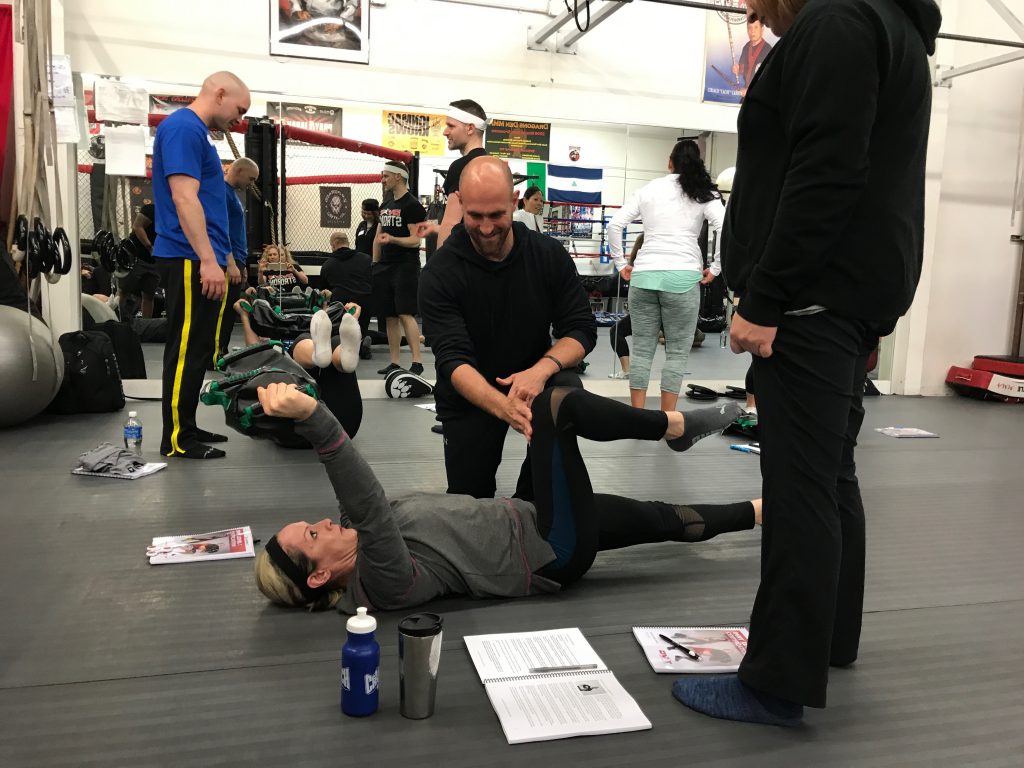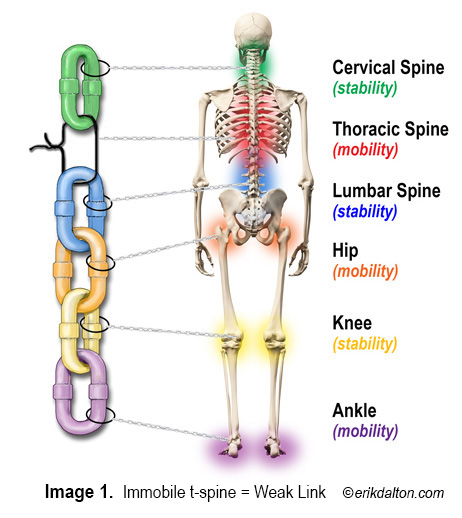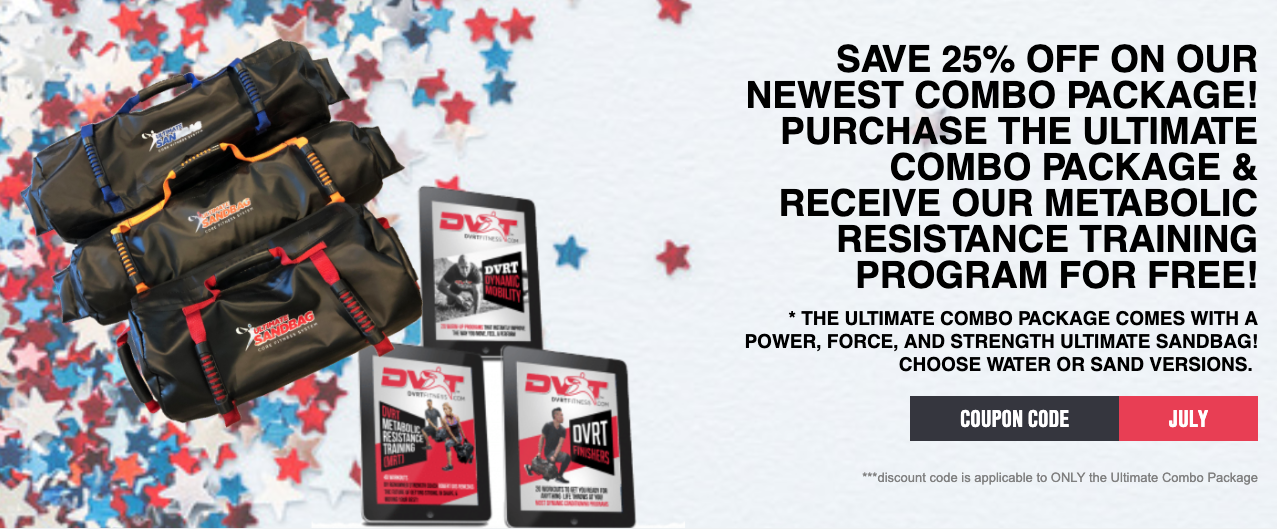Unlocking Shoulders & Hip Mobility Fast!
2019-07-3
It sucks! It really, really sucks!
That is not being able to help people. When someone would come to train with me, I took it very seriously. I would hear time and time again how many people that a person had tried to work with in order to help them. Very often, I was the last stop in a journey of frustration and not only was I responsible for finally delivering them the results they wanted, but to overcome the disappointment they experienced before.
What drives my desire to make DVRT better and better is because I couldn’t always fulfill such lofty goals. Of course, sometimes people’s issues are beyond what we can do in the gym, but I always felt as though there was more that I could have done. After all, many people aren’t necessarily looking for us to solve all their issues, but to simply make them better.

For me, teaching fitness professionals is so important because they are the one’s that are going to impact the lives of so many people.
Yes, most people came to me for weight or fat loss, but they would always tag onto their goal of “I would like to lose 30 pounds”, with, “I also have terrible low back and shoulder pain problems.” Something along those lines would always accompany goals of fat loss. I know I’m not alone because I am convinced the reason that so many fitness professionals keep chasing solutions to improve shoulder and hip mobility is because they face the same challenges.
If we can get people feeling better, we know we can get them training harder. If we can get better shoulder and hip mobility we can get them excited about fitness and not think that exercise has to be painful to get results.
So, how do we do it? How do we actually deliver on the results of getting people better shoulder and hip mobility so that we can train with the intensity that we strive for in improving their fitness? It all comes back to understanding simple principles of the body. When we do, that is where the “magic” of DVRT comes about and people are SHOCKED at how fast they can improve.

If my mother in law can improve her shoulder and hip mobility in 5 minutes of DVRT more than she did in 2 years of physical therapy after shoulder replacement surgery, why can’t you or your clients?
I like to use shoulder and hip mobility to demonstrate how if we understand the body we can change it quickly because they joints are similar (although not completely the same). They are both ball and socket joints which should possess a great amount of shoulder and hip mobility. They both sit between segments of the body that are designed for stability.
For the shoulder there is the elbow and scapula and if we are think of hip mobility, we have to think that the hips are between the lumbar spine and knee. Like the shoulder, areas of the body that are designed for stability. Why does this matter?
While people will often do drill after drill to improve shoulder and hip mobility, they rarely ask, “why are these areas tight in the first place?” The answer has to do with the surrounding areas not doing THEIR job! If an area of the body that is suppose to create stability does not, then the joints that were designed for a lot of mobility will try to take over. The result? These areas get “tight” in order to protect the body.
Yes, we have to consider issues of soft-tissue, joint restriction, and possibly even weakness, but the FASTEST way to make people better and to take the “brakes” off shoulder and hip mobility is to help the body re-establish proper stability and mobility sequences.
As you look at the often discussed “Joint by Joint Approach” by Mike Boyle and Gray Cook, you quickly realize we have to start from the outside of the body and go outwards. What do I mean? Let me use this quote from renowned physical therapist, Gray Cook…..

“If the feet are sloppy and the grip is off, the person not activate the right muscles, but he or she is not even taking in the right sensory information. Let me say that again. If there are any mobility or stability compromises between the foot and the brain, it’s like standing on two garden hoses wondering where all the water is. The information pathway is broken two ways… up and down.”

Thomas Myers “Anatomy Trains” shows us how integrate the feet and hands are to the rest of our body!
How do we start teaching concepts that will integrate both these areas to improve our shoulder and hip mobility? Let’s start with the foundations like DVRT Master, Cory Cripe demonstrates.
https://www.instagram.com/tv/BzTnwVMH0BN/
Simple strategies that help people actually experience the power of functional fitness. There will be those that think issues like shoulder and hip mobility should be fixed once we do these drills a few times, but the reality is due to the lifestyle we have in our society (LOTS of sitting) it can a scenario where we have to use a form of these drills every time we train.
That doesn’t mean people won’t get better, it doesn’t mean we can’t layer upon these foundations to progress people more and more in their journey of better shoulder and hip mobility. As DVRT Master, Larisa Lotz explains, these drills can be sneaky in how we cue and build progression.
https://www.instagram.com/tv/BzYk-QenM8T/
You start to see that making connections in the body, or as Dr. Stuart McGill call’s “linkage”, can have a profound impact on how our body begins to function and starts to release the mobile areas that were tight because we have that the stable areas functioning correctly.
Are these drills going to open up your shoulders and thoracic spine? Yup! Are they going to help that hip mobility and potentially really assist in relieving low back pain? You got it!
The point is that when we start asking the RIGHT questions (like WHY are areas getting “tight”) we can start developing better solutions based upon on the body is designed to work. You see THAT is the point of functional training. Not to replicate what we do in life, but improve how the body is functioning based on the mechanics of our system.
What ends up shocking people is not only the results in shoulder and hip mobility, but the concepts behind them. That taking time to go beyond a muscle, a joint, and truly understand the body unlocks the ability we have to make such a positive impact upon people who really deserve us doing our best to making the quality of their lives better!
Want to really experience the impact of DVRT? Our 4th of July sale won’t last much longer. Get a complete gym 25% off and get 80 workouts for FREE with coupon code “july” HERE for a limited more! Also don’t miss our upcoming DVRT programs HERE where you can personally experience the transformative impact of DVRT bringing strength to life.
© 2025 Ultimate Sandbag Training. Site by Jennifer Web Design.







